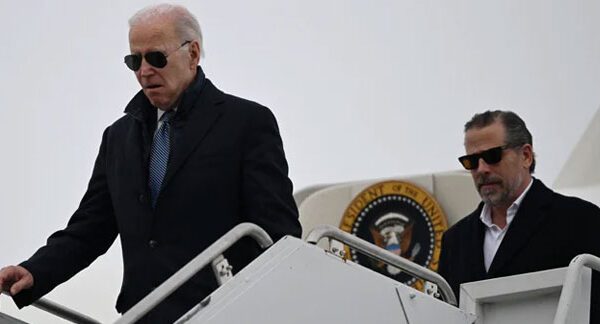The Ukraine US minerals deal has been finalized, marking a significant economic and strategic move for both nations. Ukraine, rich in critical minerals like lithium, titanium, and rare earth elements, has agreed to allocate a portion of its mineral wealth in exchange for financial aid and support.
This deal comes after intense negotiations, where the US reportedly dropped its initial demand for a $500 billion stake in Ukraine’s resources. However, it has not yet provided firm security guarantees—something Ukraine has been pushing for amid its ongoing war with Russia.
What’s in the Ukraine US Minerals Deal?
Under the agreement, a jointly owned fund will be established. Ukraine will contribute 50% of future revenue from state-owned minerals, oil, and gas to this fund. The goal? To rebuild the country’s shattered infrastructure and economy.
President Donald Trump confirmed the deal, stating that it ensures the US will recoup its investments in Ukraine. “We want to get that money back,” he said, estimating that US support for Ukraine has ranged from $300 billion to $350 billion.
Why This Deal Matters
Ukraine holds about 5% of the world’s critical raw materials, including:
- 19 million tonnes of graphite – crucial for EV batteries.
- One-third of Europe’s lithium deposits – key for modern battery technology.
- 7% of the world’s titanium – used in aerospace and power plants.
- Significant rare earth metals – vital for electronics, wind turbines, and military applications.
While some of these resources are in Russian-occupied territories, Ukraine’s untapped mineral wealth remains a major asset.
Ukraine US Minerals Deal: A Shift in US Foreign Policy
This deal highlights a shift in how the US approaches foreign aid. Trump made it clear—support now comes with strings attached. Unlike past US foreign policies that prioritized democracy and humanitarian aid, this agreement focuses on economic returns.
Kyiv sees the deal as a necessary compromise. A Ukrainian official called it a “positive outcome” after securing better terms. Deputy Prime Minister Olha Stefanishyna emphasized that this is part of a bigger picture for Ukraine’s future.
Russia’s Response and Growing Concerns
Russia has reacted swiftly. President Vladimir Putin offered the US access to rare minerals from Russian-occupied Ukrainian regions, claiming Russia holds “significantly more resources” than Ukraine.
Meanwhile, Ukraine and its European allies worry about US-Russia talks behind closed doors. Kyiv fears it could be excluded from major peace negotiations, which could shape the continent’s future security.
What’s Next?
Trump expects Ukrainian President Volodymyr Zelensky to sign the Ukraine US minerals deal in Washington this week. Kyiv hopes the US financial stake in its resources will ensure continued support against Russian aggression.
As global power dynamics shift, this deal sets a precedent. Future US foreign aid under Trump will likely follow a similar “America First” approach—favoring economic benefits over traditional diplomacy.
Would this deal truly strengthen Ukraine’s position, or is it a risky trade-off? Time will tell.








